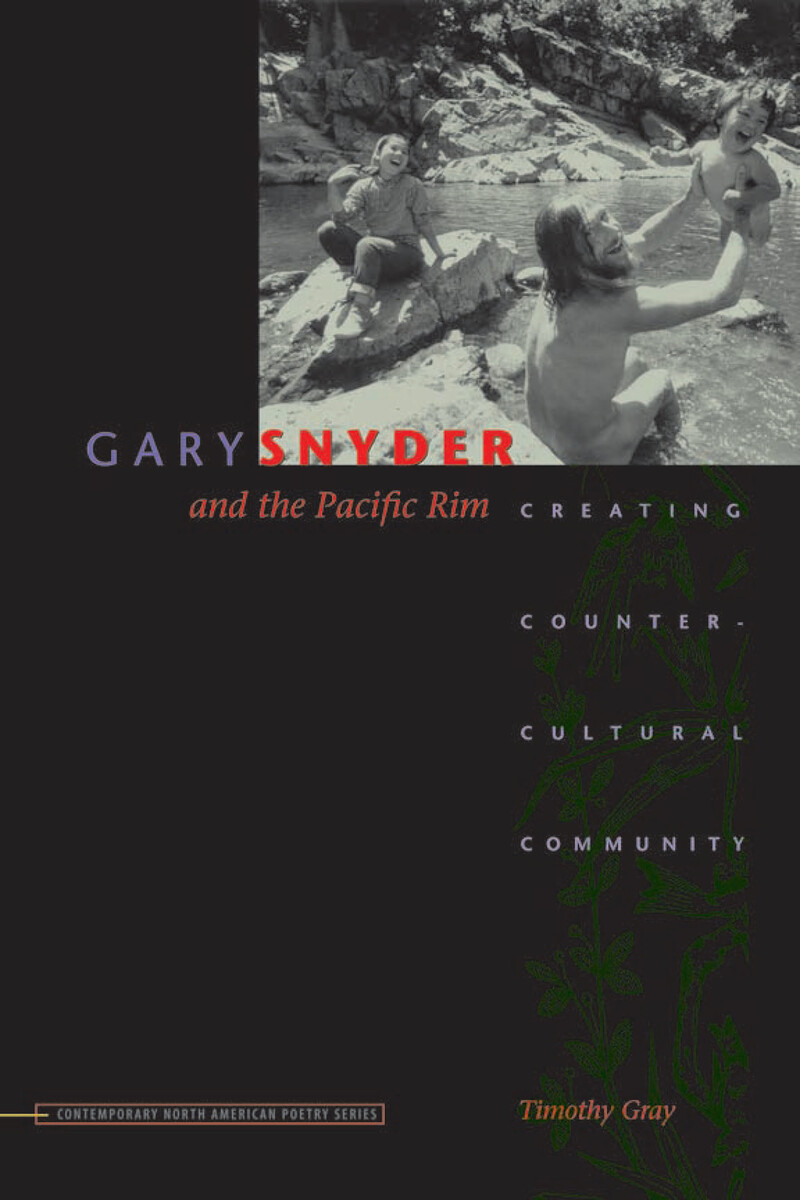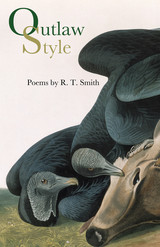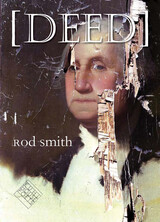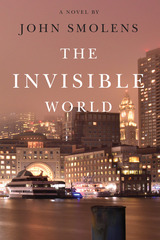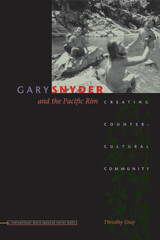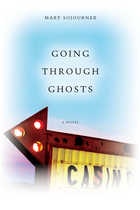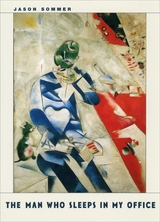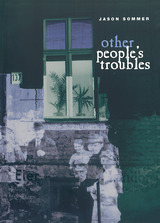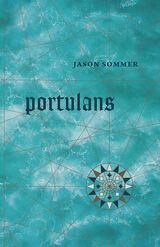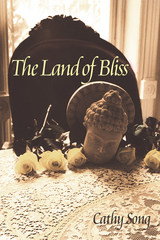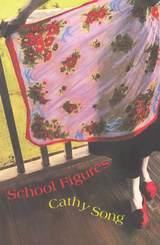Gary Snyder and the Pacific Rim: Creating Countercultural Community
University of Iowa Press, 2006
eISBN: 978-1-58729-666-6 | Cloth: 978-0-87745-976-7
Library of Congress Classification PS3569.N88Z667 2006
Dewey Decimal Classification 811.5409
eISBN: 978-1-58729-666-6 | Cloth: 978-0-87745-976-7
Library of Congress Classification PS3569.N88Z667 2006
Dewey Decimal Classification 811.5409
ABOUT THIS BOOK | AUTHOR BIOGRAPHY | REVIEWS | TOC | REQUEST ACCESSIBLE FILE
ABOUT THIS BOOK
In Gary Snyder and the Pacific Rim, Timothy Gray draws upon previously unpublished journals and letters as well as his own close readings of Gary Snyder's well-crafted poetry and prose to track the early career of a maverick intellectual whose writings powered the San Francisco Renaissance of the 1950s and 1960s. Exploring various aspects of cultural geography, Gray asserts that this west coast literary community seized upon the idea of a Pacific Rim regional structure in part to recognize their Orientalist desires and in part to consolidate their opposition to America's cold war ideology, which tended to divide East from West. The geographical consciousness of Snyder's writing was particularly influential, Gray argues, because it gave San Francisco's Beat and hippie cultures a set of physical coordinates by which they could chart their utopian visions of peace and love.Gray's introduction tracks the increased use of “Pacific Rim discourse” by politicians and business leaders following World War II. Ensuing chapters analyze Snyder's countercultural invocation of this regional idea, concentrating on the poet's migratory or “creaturely” sensibility, his gift for literary translation, his physical embodiment of trans-Pacific ideals, his role as tribal spokesperson for Haight-Ashbury hippies, and his burgeoning interest in environmental issues. Throughout, Gray's citations of such writers as Allen Ginsberg, Philip Whalen, and Joanne Kyger shed light on Snyder's communal role, providing an amazingly intimate portrait of the west coast counterculture. An interdisciplinary project that utilizes models of ecology, sociology, and comparative religion to supplement traditional methods of literary biography, Gary Snyder and the Pacific Rim offers a unique perspective on Snyder's life and work. This book will fascinate literary and Asian studies scholars as well as the general reader interested in the Beat movement and multicultural influences on poetry.
See other books on: 1930- | Asian American & Pacific Islander | Counterculture | Homes and haunts | Pacific Rim
See other titles from University of Iowa Press
